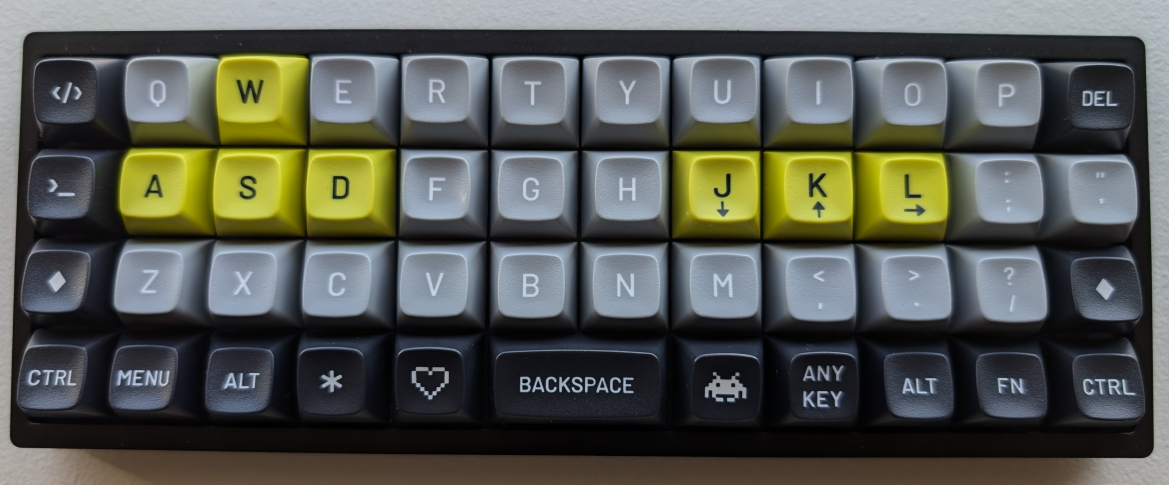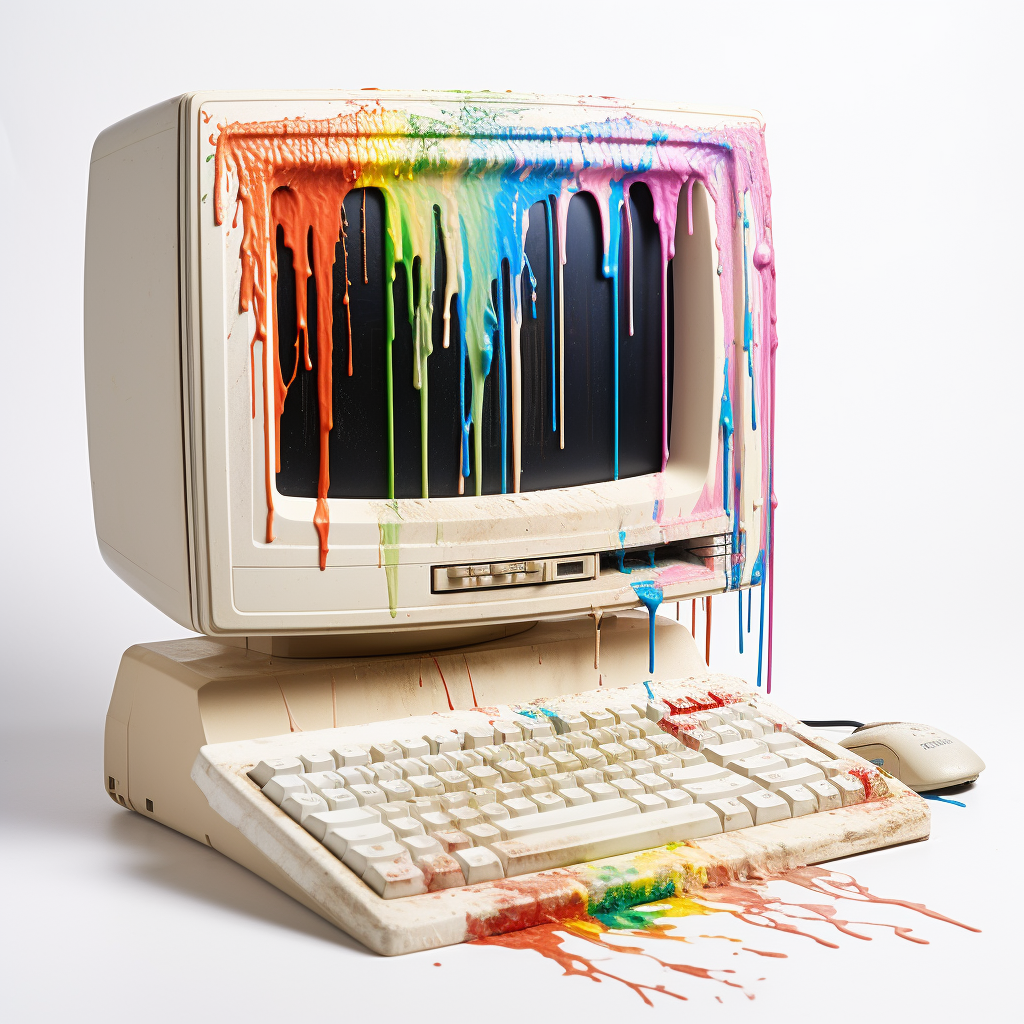

I just received my 4x12 keyboard 4 days ago! While there has been a steep learning curve and I took a huge hit on my typing speed, I really enjoy using it. I was a bit hesitant to spend much $$$ on something I wasn’t sure about, so I decided that if I didn’t like it that I could just use it as a macropad or use it in place of my dying Logitech G13 gaming pad. So far, I’ve been carrying it between work and home and using it for everything. If all goes well, this will be my main and only keyboard.
It’s a CSTC40 that I bought from aliexpress. Unfortunately, it looks like they stopped selling it after I received mine (lucky me!). This unit seems to get shit on by mechanical keyboard enthusiasts, but I love it because it was cheap ($70CDN shipped) and didn’t require soldering. I happened to have a set of keycaps that I’ve made work for this keyboard. I don’t really look down when I’m typing, so I don’t really care that some of the legends don’t make sense.














I figured out a mental trick after 2 days. It’s hard to explain in words, but here goes…
In my brain, I created a second typing profile where in my minds-eye, I imagine the ortholinear keys while on my new keyboard. When I go back to my old keyboard, I try to keep my brain aware that it’s the old layout. I have a Logitech G13, which is an ortholinear style gaming pad, so I think my brain was already wired for ortholinear finger movements and it was already natural for my brain to distinguish between the two.
Now, the “weirdest” keys for me to type on the old keyboard are C, B, Y. I realize how super annoying it is having to stretch my fingers out for some keys and that’s why I’m certain that I’m going to stick with ortholinear in the long run.
Edit 25 days later: I am now slower on a staggered keyboard because my fingers are no longer accustomed to stretching far. I now hate the number row and backspace on staggered keyboards.